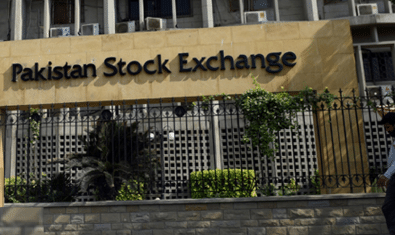The Universal Service Fund (USF) has spent around Rs. 93 billion to date (since 2006-07) but around 15 percent population of the country still has no access to mobile and telecom services.
Official sources revealed that some of the un-served and under-served areas in Balochistan and some in erstwhile Federal Administered Tribal Areas (FATA), still lack access to basic telephone and mobile broadband services.
The fund was created in 2007 to stretch cellular, broadband internet, fiber optics, and other telecommunication services to un-served or underserved areas. All telecom companies have been contributing 1.5 percent of their revenues to the fund. Telecommunication coverage was around 44 percent before USF was launched in 2006-07.
Official documents revealed that USF has spent Rs. 92.797 billion so far for the expansion of telecommunication services to the under-served and un-served areas of the country.
USF officials maintained that despite massive growth, many areas remained underserved. The challenges, they asserted, that the USF faced were rugged terrains, sparse population, harsh weather, lack of electricity, no backhaul, and poor logistics as well as security clearance. The areas which do not support the business plans of telecom operators, the government subsidizes projects for them to reach the under-served and un-served.
According to documents, of the total Rs. 92.797 billion subsidies, Pakistan Telecommunication Company Limited (PTCL) took a major chunk of Rs. 25.975 billion (28 percent), Ufone Rs. 22.174 billion (23.90 percent), Telenor Rs. 22.947 billion (24.73 percent), Zong Rs.5.637 billion (6.07 percent), Wateen Rs. 4.847 (5.22 percent), World Call Rs.1.273 billion (1.37 percent), Jazz Rs.4.833 million (5.21 percent) and Nayatel Rs3.314 billion (3.57 percent).
An official said that the “Broadband for Sustainable Development” program, under the USF, is designed to provide telecom services to the un-served Mauzas across the country. After the issuance of 3G/4G licenses by the federal government, this programme has been redesigned to include broadband equivalent data (internet) services as a compulsory component.
For new projects, powering the telecommunication sites through solar energy was also made a part of each project. According to documents, 1,699 base transceiver stations (BTS) have been installed and 12,825 mauzas have been covered.
The optic fiber programme is another initiative under USF that aims to promote the development of telecommunication services in un-served and under-served rural areas to enable affordable, voice, telephony and basic data services. This also requires the establishment of a stable and reliable optic fiber network in all corners of the country. This project aims to extend optic fiber connectivity to the un-served Tehsil headquarters for meeting the growing requirements of voice, data, and video in these areas.
Extending fiber cables to tehsils helps the telecom service providers in extending all kinds of telecom services to those areas. It is like building information motorways for all tehsils. Under this program, 6,447 km of optic fiber has been laid while 56 tehsils and 26 towns have been connected.
Under special projects, several initiatives have been started including ICTs for girls, the establishment of 13 computer labs in selected institutions, enabling persons with disabilities to use telecom services, telemedicine network end services, the establishment of telecenters, and empowerment of craft SMEs through e-commerce.






















That’s a Blessing in disguise.
Please bring proper internet to GB and AJK.
These people have mobile signals and the internet but they actually don’t.